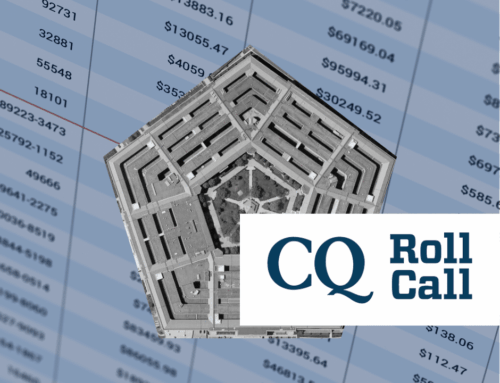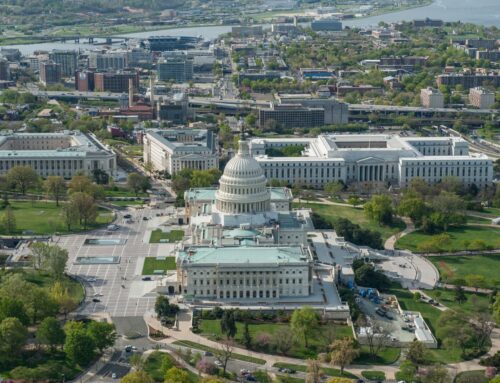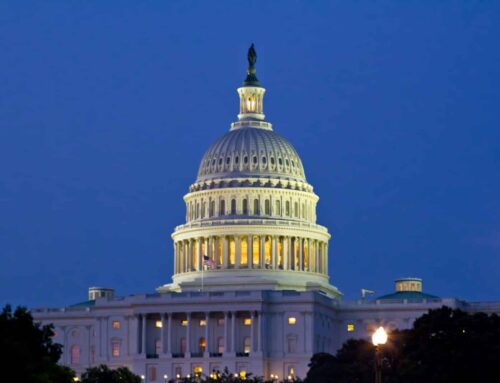The grand prize in this year's congressional budget free-for-all goes to Secretary Rumsfeld and all the four stars at the Pentagon. While other federal agencies are bracing themselves for major cuts in their budgets, the military brass should be dancing a jig to celebrate a funding increase that would make even Kenneth Lay blush.
Despite this massive budget increase, the Defense Department and Congress still need to figure out how to reduce the uncontrollable growth of our nation's military spending if they expect to be able to successfully protect our homeland and fight the war on terrorism. Instead of symbolically tossing out a few scraps of meat to save a million here or there, it is time to start going after some of the big enchiladas in the Pentagon's $355 billion annual budget.
Over the next two decades, well over $300 billion is budgeted to procure three major new aircraft fighter programs that the country may not even need. The F/A-22 Raptor, F/A-18 Super Hornet and the Joint Strike Fighter will absorb 18% of the Pentagon's total procurement and development budget.
Military hawks and defense contractors argue that all three of these new fighter planes are necessary to maintain our air superiority and to fight against new threats. Yet, any defense expert worth his or her salt will concur that the U.S.'s fleet of 2800 combat aircraft is miles ahead of even our biggest adversaries. Plus, a massive debate is underway over whether or not these aircraft are even capable of fighting the new wars of the 21st century.
The F/A-22 Raptor was conceived and designed in the 1980's to outrace the Russian's continued production of high-performance aircraft and air-defense missiles. The fighter is built by Lockheed Martin and Boeing, the engine by Pratt and Whitney and the avionics by Hughes and an army of other subcontractors. It will cost taxpayers about $43 billion to pay for the 295 planes that the Congress is planning to purchase. The Department of Defense recently announced that there were $690 million in cost overruns for the plane, so the price tag continues to grow.
The F/A-18 Super Hornet, built by Boeing and Northrop Grumman, is a larger and more up-to-date version of current F/A 18 fighter plane. The Pentagon wants to buy about 500 of these planes at a cost of about $50 billion.
The procurement of 2,800 Joint Strike Fighters (JSF) was projected to cost more than $220 billion dollars, but massive problems with meeting development deadlines are likely to drive the price up even more.
If you are suffering from sticker shock, you are not alone. The Defense Department's own figures show that over the next decade these three programs alone will consume 40% of the budget for its 20 most expensive weapon programs. The Congressional Budget Office has concluded that these fighters “may not be affordable and will probably need to be scaled back.” The General Accounting Office (GAO) has strongly criticized these aircraft programs for their cost overruns and reported that the current plans for these fighters “appear to be unrealistic.”
Almost $12 billion is budgeted for these fighter planes next year. With the war on terrorism and other major spending demands, it is time the Pentagon start prioritizing the weapons systems that it truly needs. The political obstacles are high, especially with defense contractor factories dotting congressional maps from California to Connecticut. But, the Pentagon needs to show the political will to stand up to members of Congress who have been bought off by greedy military contractors. Cutting one of the three main new jet fighter programs is an ambitious, but good first step.










